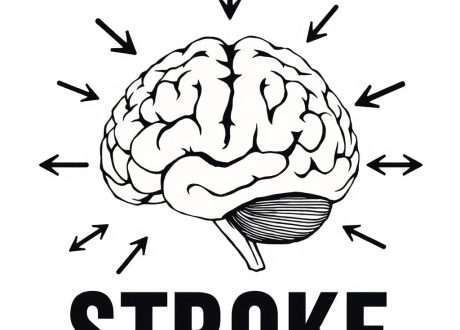January 18, 2024
Written by Laura Murphy

Use of a high-sensitivity troponin (hsTn) HEART pathway resulted in a small (but significant) increase in percentage of patients diagnosed with acute myocardial infarction (AMI) during index ED visit, and a small but significant decreased in diagnosis of AMI within 30 days after the visit when compared with conventional troponin assays (cTn). It also resulted in reduced hospital admission, stress testing, and coronary revascularization.
We HEART high sensitivity troponins
Chest pain is the second leading cause of ED visits in the US, and delayed diagnosis of AMI leads to increased mortality risk. Furthermore, balancing cardiovascular risk reduction with unnecessary hospitalizations and testing has been an ongoing challenge. Studies outside the US have been equivocal with regard to improved clinical outcomes and resource utilization with implementation of hsTn assays.
This was a multicenter (single-system) pre-post cohort study conducted in 2021 at Kaiser Permanente Southern California hospitals during uptake of high-sensitivity troponin assays. It included 17,384 adult patients presenting to the ED with chest pain who were risk stratified with a HEART pathway based on either cTn (71.6%) or hsTn (28.4%). Detection of AMI within 30 days was higher for hsTn group (5.8% vs 4.4%; P<0.01) with no change in all-cause mortality rate (0.3% vs 0.4%, P=0.50). Diagnosis of AMI in the ED was higher in the hsTn group (4.6% vs 2.0%, P<0.001); and 1.2% of hsTn vs 2.4% of cTn group were diagnosed with AMI within 30 days (P<0.001). Patients in hsTn group had lower rates of admission (12.2% vs 15.0%, P<0.001), stress testing within 7 days (10.2% vs 12.8%, P<0.001), and coronary revascularization within 30 days (1.0% vs 2.0%, P<0.001). Results suggest that a new HEART pathway incorporating hsTn may improve early detection of AMI and decrease resource utilization for patients presenting to ED with chest pain.
The overall effect was small but statistically significant; given number of ED visits for chest pain, itРђЎs likely to be meaningful. While there was no difference in mortality between the two groups, larger studies with longer follow-up would be needed to accurately assess this, given that this was a rare event.
Interestingly, up to one third of patients during the study period received troponin testing but were not assigned a HEART score; the group lacking HEART scores had increased cardiovascular risk and poorer health outcomes. The authors postulate that clinicians managed these patients as if they had clinically evident AMI or high cardiovascular risk requiring admission, suggesting that HEART pathway is most useful for lower risk patients.
While this was a multicenter study, it was across a single system and included only patients with health insurance. The ease of outpatient follow up and testing is likely more challenging to replicate in other systems. Further studies across other US health systems as well as attention to longer-term outcomes (e.g. 1 year follow-up) and impact on ED metrics (such as length of stay) are needed to more fully understand the impact of hsTn assays in the US.
How will this change my practice?
My center uses a high-sensitivity troponin HEART pathway, so this is unlikely to change my practice much. However, this study does provide justification to explore adoption of high-sensitivity troponin for chest pain risk stratification at centers that still use conventional troponin.
Source
Emergency Department Cardiac Risk Stratification With High-Sensitivity vs Conventional Troponin HEART Pathway.┬аJAMA Netw Open. 2023 Dec 1;6(12):e2348351. doi: 10.1001/jamanetworkopen.2023.48351.










